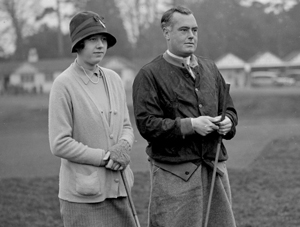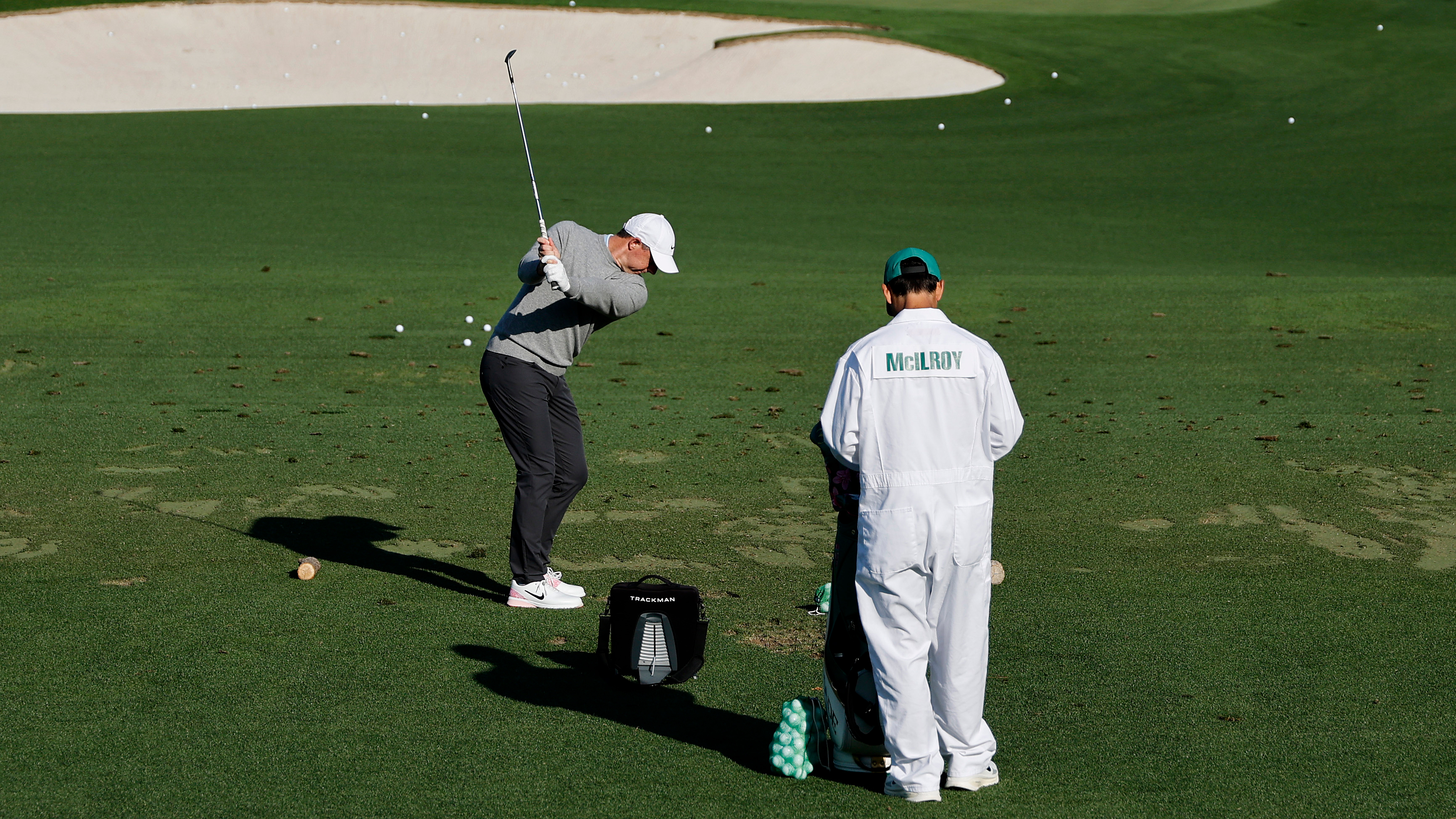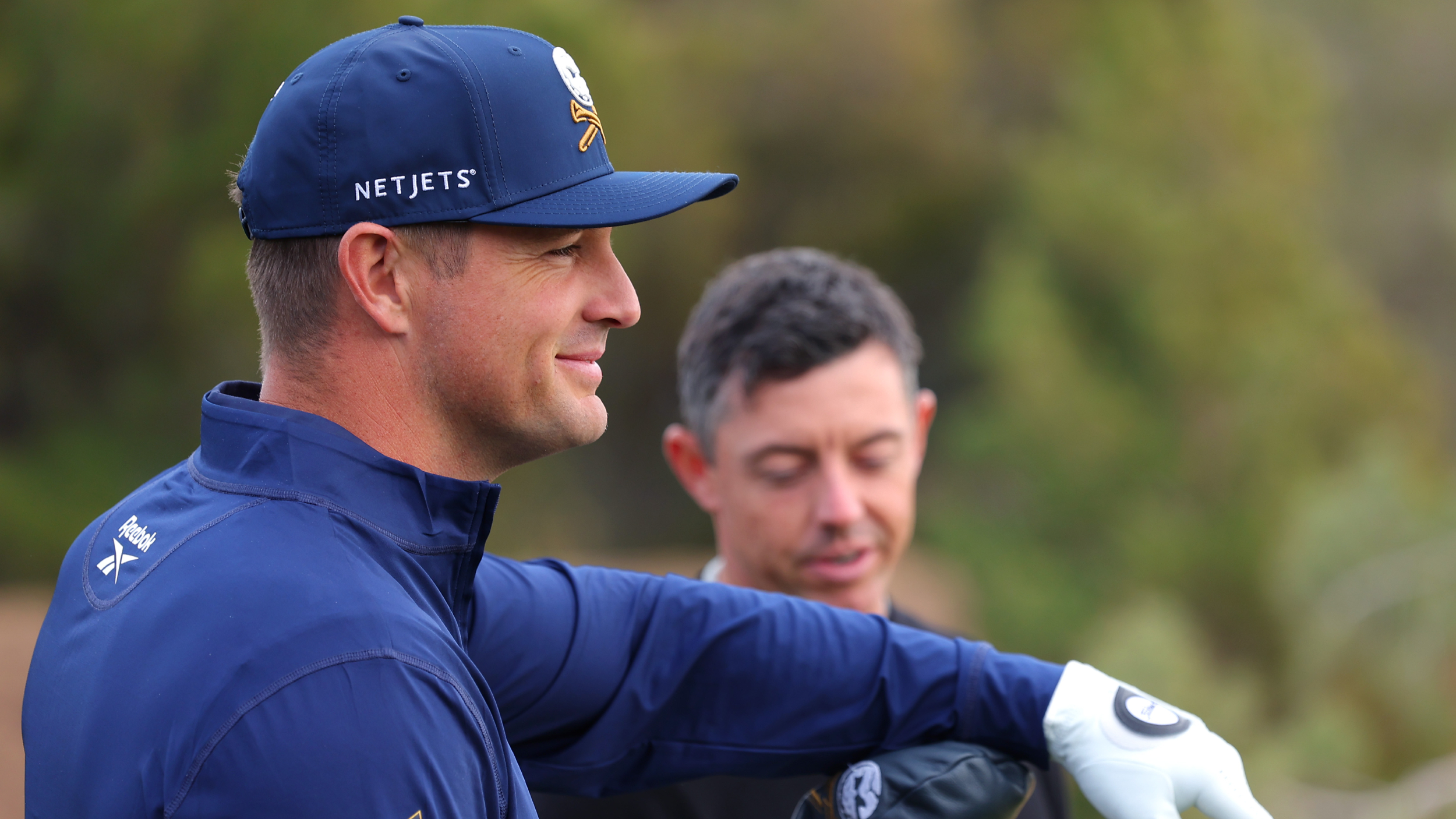Men versus women explained
Regular golf blogger, Phil Churchill, does his best (and it's not easy) to explain the system that allows men and women not only play together, but also to compete within the same competition for a single prize

An increasing number of women are playing golf across the country and for once the golfing authorities have been leading the way by legislating a system whereby men and women not only play together, but compete within the same competition for a single prize.
To do this you have to understand that people playing off of different tees are actually playing different courses; and what if one of these courses is more difficult than the other? CONGU formulated a system to address this difference.
The seed of the answer begins with the standard scratch score (SSS) of each course. For those of you who are not familiar with the SSS, it is the score a gender specific 'scratch' golfer is expected to shoot.
The result can often differ from the par of the course. For example a course off the white tees with a par 72 may comeback with a SSS of 71 as the assessors expect the scratch male golfer to shoot one better than par.
Similarly the assessment of the ladies course off the red tees could decide that the lady scratch golfer would be expected to return a score one more than par - i.e. SSS 73.
In this example the assessors have determined that the ladies course is harder than the mens course by two shots when they are compared to each other. And therein lies the secret to the system; a formula that allowed for the difference in the SSS of the 'separate' courses.
Therefore, to continue with our example above, it is deemed that the ladies course is two shots harder than the mens course. Therefore in a medal competition, for results purposes only, ladies add these two adjustments shots to their handicaps to lower their net score.
Get the Golf Monthly Newsletter
Subscribe to the Golf Monthly newsletter to stay up to date with all the latest tour news, equipment news, reviews, head-to-heads and buyer’s guides from our team of experienced experts.
In the first version of the system, in a stableford event the same adjustment calculation was used and the ladies returned points scores would have been increased by the same adjustment of two.
However, this has recently been amended; the new system uses an adjustment calculated between the points each gender needs to score to play to handicap. The gender with the higher points target (i.e. easier course) may have the difference deducted from their score.
In our example therefore, (whereby men have to shoot 37 points to hit handicap - one easier than par - and the women 35 - one harder than par) the mens scores could be reduced by up to two points (one per hole) when compiling the mixed result if they scored any points on the highest two stroke index holes they get shots on. (Note these adjustments are for results purposes only, not handicap evaluation).
So far so good.
My problem is not with the theory but the practice. At my club the adjustment is the same as the example used here. The first problem is a majority of men being unable to grasp the logic, insisting on calling them courtesy shots - however ignorance is no grounds to question the system.
The more surprising outcome was an uncomfortable feeling from some women who won tournaments not by the score they shot but by the application of the formula. It is a logical system that manages to produce a result both genders seem uncomfortable with. Golf's equivalent to cricket's Duckworth-Lewis.
I understand the system, the logic is sound, but when applied it somehow doesn't work. Surely golf should be won or lost on the swing of a club, not a formula desperately trying to level an uneven playing field centuries in the making.
There is a simpler solution. All golfers seem to respect a handicap system that allows the physical differences between a junior and an OAP to be factored in and produce a satisfying result in a competition.
Therefore, the answer surely is to let the same system flourish between men and women and allow the handicap system to level the playing field between the genders off the same course and same tee.
I'm sure that if the sport was invented today they wouldn't think of building multiple tees on each hole. Just one white tee for all. Of course the handicap maximum for ladies would have to increase from the current 36 and a seismic change would probably be needed in their handicaps when they move to the whites.
But eventually they would settle to a handicap that reflected their ability to play the white tee course. In time we would have all players, of all abilities, ages and gender playing the same course and allowing the handicap system to determine the winner fairly, based on the shots struck.
One competition; one tee; one winner; two genders.
Read more of Phil's blogs at philchurchill.co.uk
-
 Rory McIlroy Explains His Extraordinary Pre-Round Routine (And It's The Complete Opposite Of Most Amateurs)
Rory McIlroy Explains His Extraordinary Pre-Round Routine (And It's The Complete Opposite Of Most Amateurs)McIlroy shares what goes into his usual pre-round routine at tournaments and what his timetable looks like before arriving at the first tee
By Jonny Leighfield Published
-
 ‘You Kinda Did It To Yourself’ – When Bryson DeChambeau Needled Rory McIlroy Over US Open Battle
‘You Kinda Did It To Yourself’ – When Bryson DeChambeau Needled Rory McIlroy Over US Open BattleMonths after Bryson DeChambeau’s defeat of Rory McIlroy in the US Open, the two met in Las Vegas, where the LIV Golfer had a lightning-quick response to a humorous comment from his rival
By Mike Hall Published